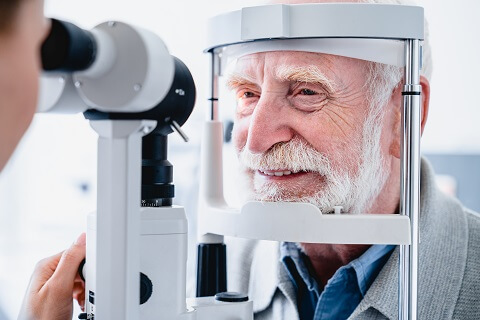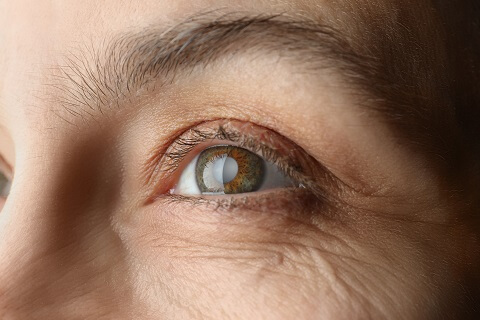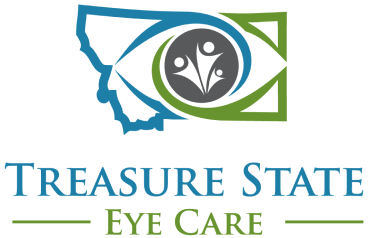Glaucoma Diagnosis & Treatment
When it comes to caring for your eyes, the earlier a condition is detected, the more effective the treatment will be. This is especially true when dealing with glaucoma, one of the leading causes of vision loss and blindness around the world.
What is glaucoma?
Glaucoma is a group of eye conditions that cause irreversible damage to the optic nerve, which connects the eye to the brain. It’s caused by fluid build-up which leads to increased pressure inside the eye. The condition mostly affects people in their 70s and 80s, however, it can develop in people of all ages. If not diagnosed and treated early, it can lead to vision loss and even blindness.
Types of glaucoma
The two main types we typically see are primary open angle glaucoma and closed angle glaucoma.
Primary open angle glaucoma is the most common form and typically develops slowly over several years. It’s caused by drainage channels in the eye becoming gradually clogged and is usually asymptomatic. Consequently, by the time symptoms appear, the damage has already been done.
If left undiagnosed and untreated, primary open angle glaucoma will lead to loss of peripheral vision, and eventually, total vision loss.
Closed angle glaucoma is rarer and often develops suddenly. It occurs when the angle between the cornea and the iris becomes too small or fully closed, blocking the drainage channels. This causes a sudden increase in intraocular pressure and can lead to serious damage if it isn’t treated quickly.
Symptoms of glaucoma
In the early stages of open angle glaucoma, there is typically no pain or discomfort, however when the disease has advanced, symptoms can include loss of peripheral vision and blurry vision.
With closed angle glaucoma, you may experience a sudden onset of symptoms including blurred vision, eye pain, headaches, halos around lights, nausea, and vomiting. This is considered a medical emergency and can cause permanent damage within hours if left untreated.
Risk factors of glaucoma
The following groups have an increased chance of developing glaucoma:
- Being over 60
- Having a family history of glaucoma
- Diabetes
- A serious eye injury
- African Americans over the age of 40
- Users of certain medications, like steroids
- Severe nearsightedness
- Hypertension
Diagnosing and treating glaucoma
As glaucoma symptoms are virtual nonexistent at first, regular eye exams and advanced retinal scanning are extremely important for early detection and treatment to prevent vision loss.
Our eye doctors are all residency trained in eye disease diagnosis and management. Here are some ways they will examine your eyes using the most current and advanced equipment:
iCare Tonometer – this is used during your comprehensive eye exam and measures your intraocular eye pressure quickly, painlessly, and accurately, without the puff of air that the traditional equipment produces.
Humphrey Visual Field machine – this allows us to map out the central and peripheral vision so we can identify how wide an area you can see. This is vital for the detection of glaucoma, as it tends to affect the peripheral vision first. It’s an essential part of your annual assessment if you have been diagnosed with glaucoma, to help us monitor any progression.
OCT scan – this is an advanced 3D imaging technique that shows a cross sectional image of the thickness and health of the retina’s multiple layers to detect and monitor glaucoma. It quite literally allows us to see beneath the surface and examine even the smallest changes to your retinal structures.
Optomap scan – this advanced digital retinal imaging system captures more than 80% of the retina in one highly detailed, panoramic image, allowing us to see peripheral areas that aren’t usually visible with traditional retinal photography. This means we can accurately detect and diagnose potential signs of glaucoma to ensure we get the right treatment for you.
These assessments are all safe, non-invasive and produce quick results for your peace of mind. Your eye doctor will analyze and explain your results straight away. Results will then be stored in your record for future comparison to later scans.
Treatment options
Glaucoma treatment depends on the type and how far it has advanced. Common early treatment options include medication, such as prescription eye drops or pills to lower your intraocular pressure and prevent disease progression, and surgical procedures to improve fluid drainage in your eyes. Our eye doctors will be able to make the necessary referrals for treatment once they have diagnosed you.
Prevention is always better than cure, so why not contact our team if you’d like to discuss any glaucoma symptoms or book an eye examination and advanced retinal scans?



